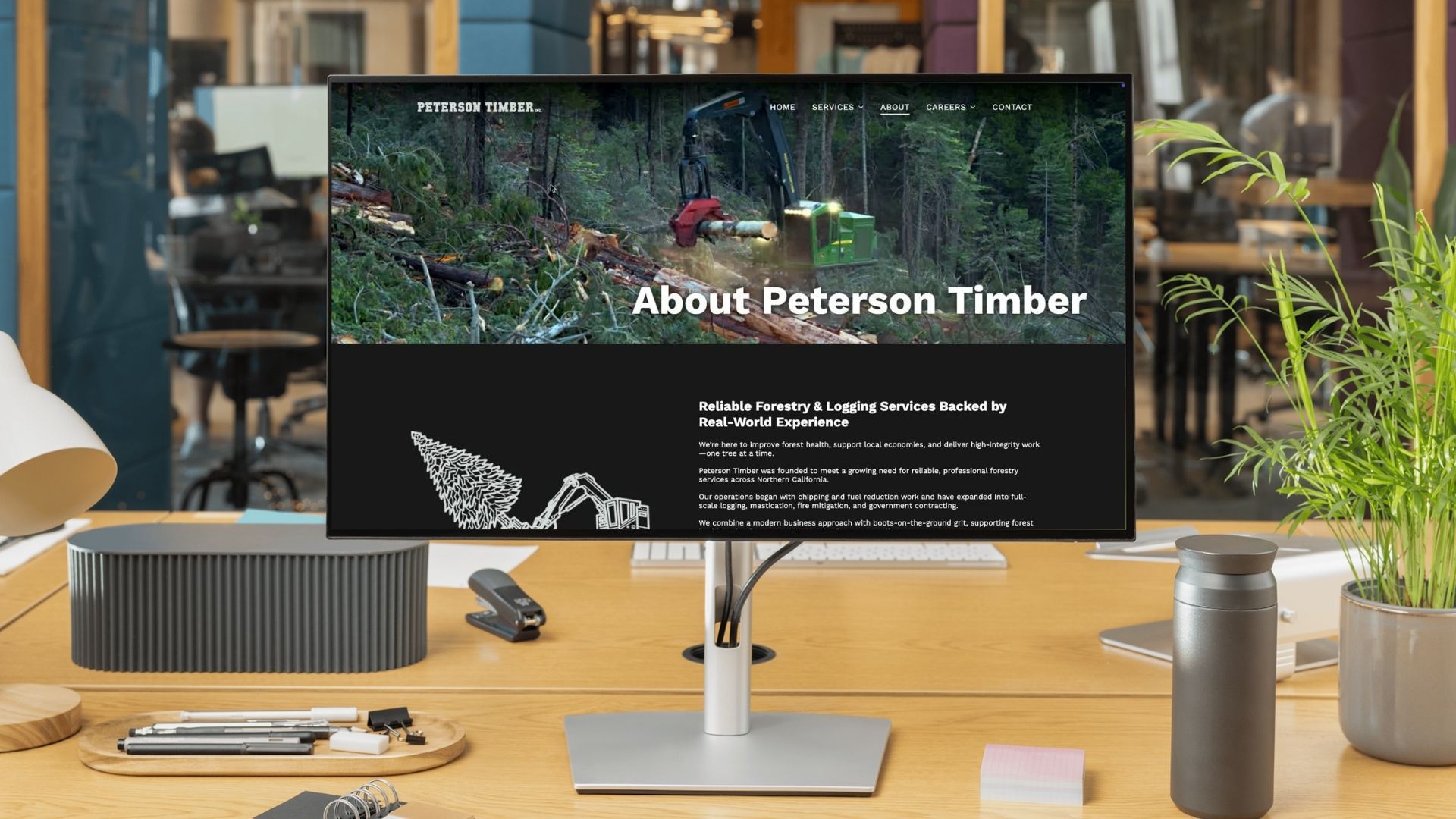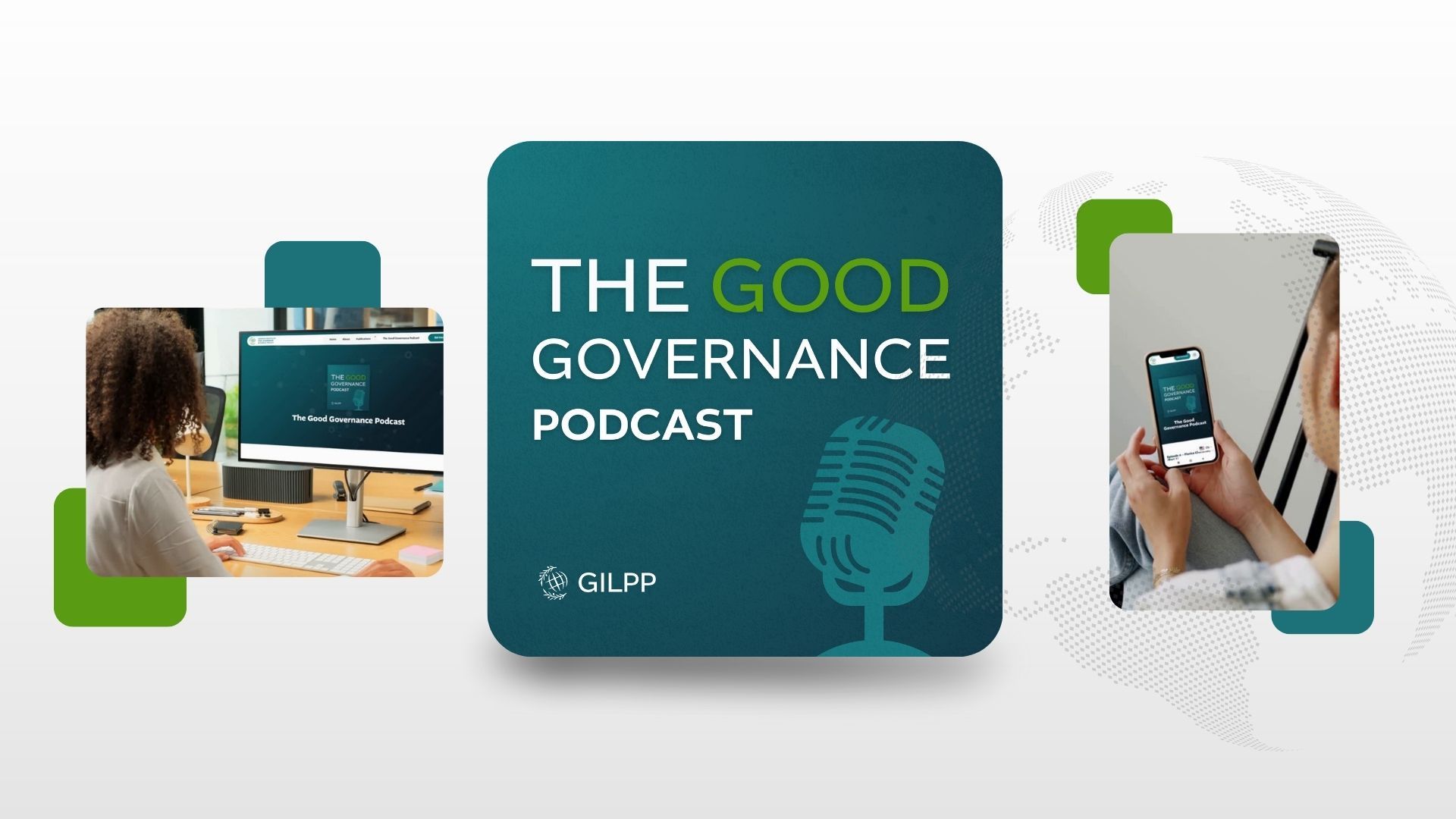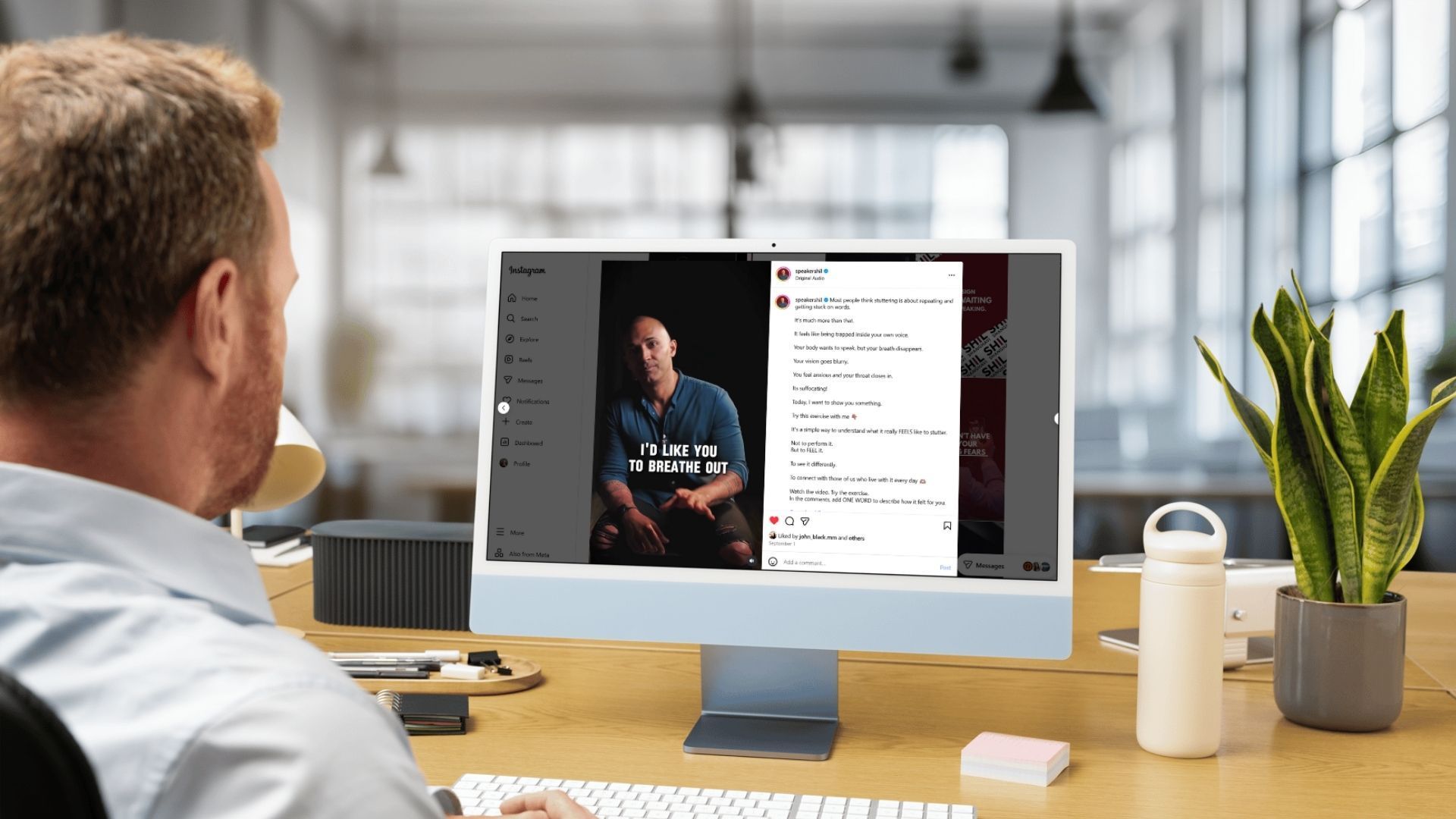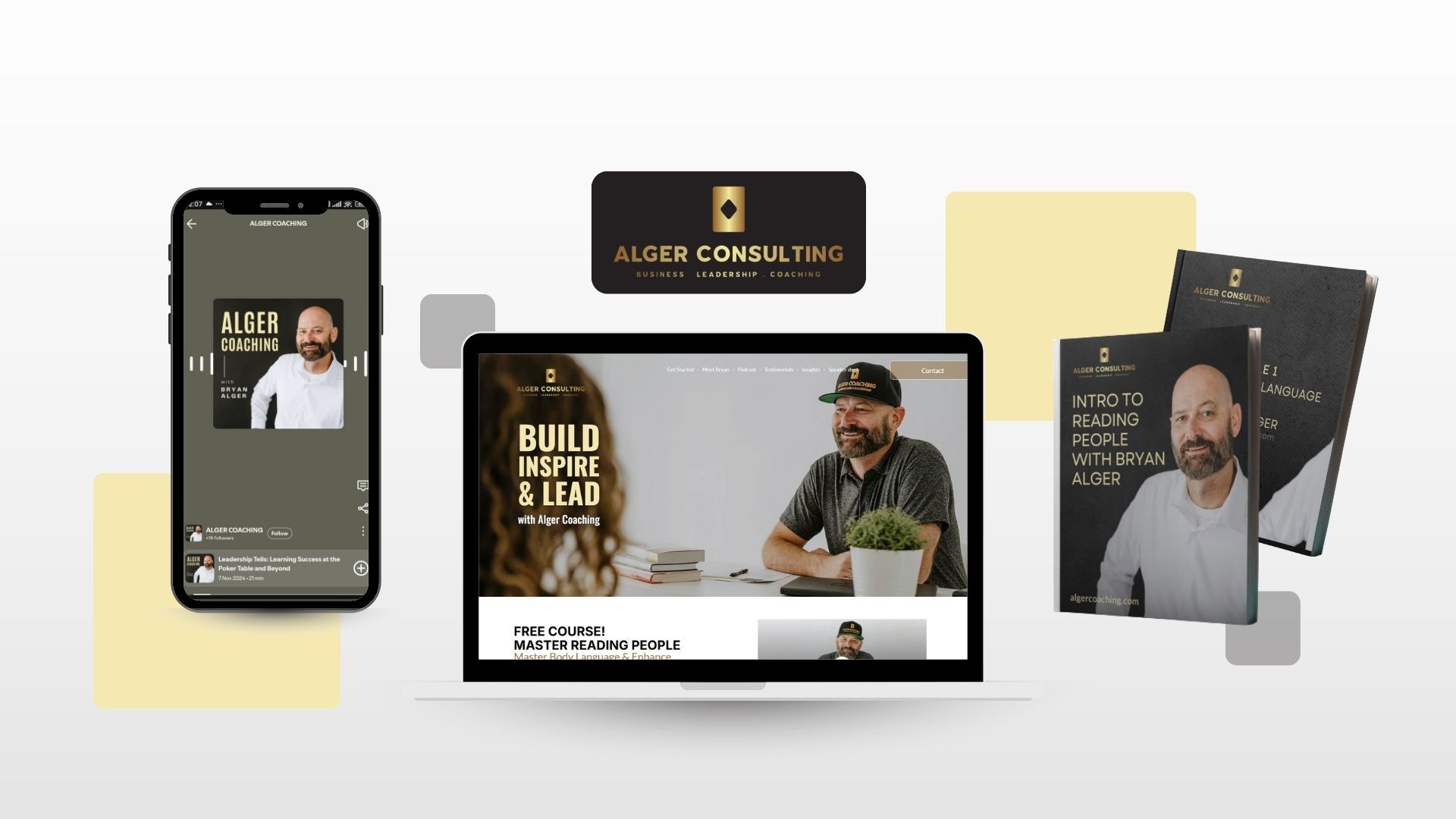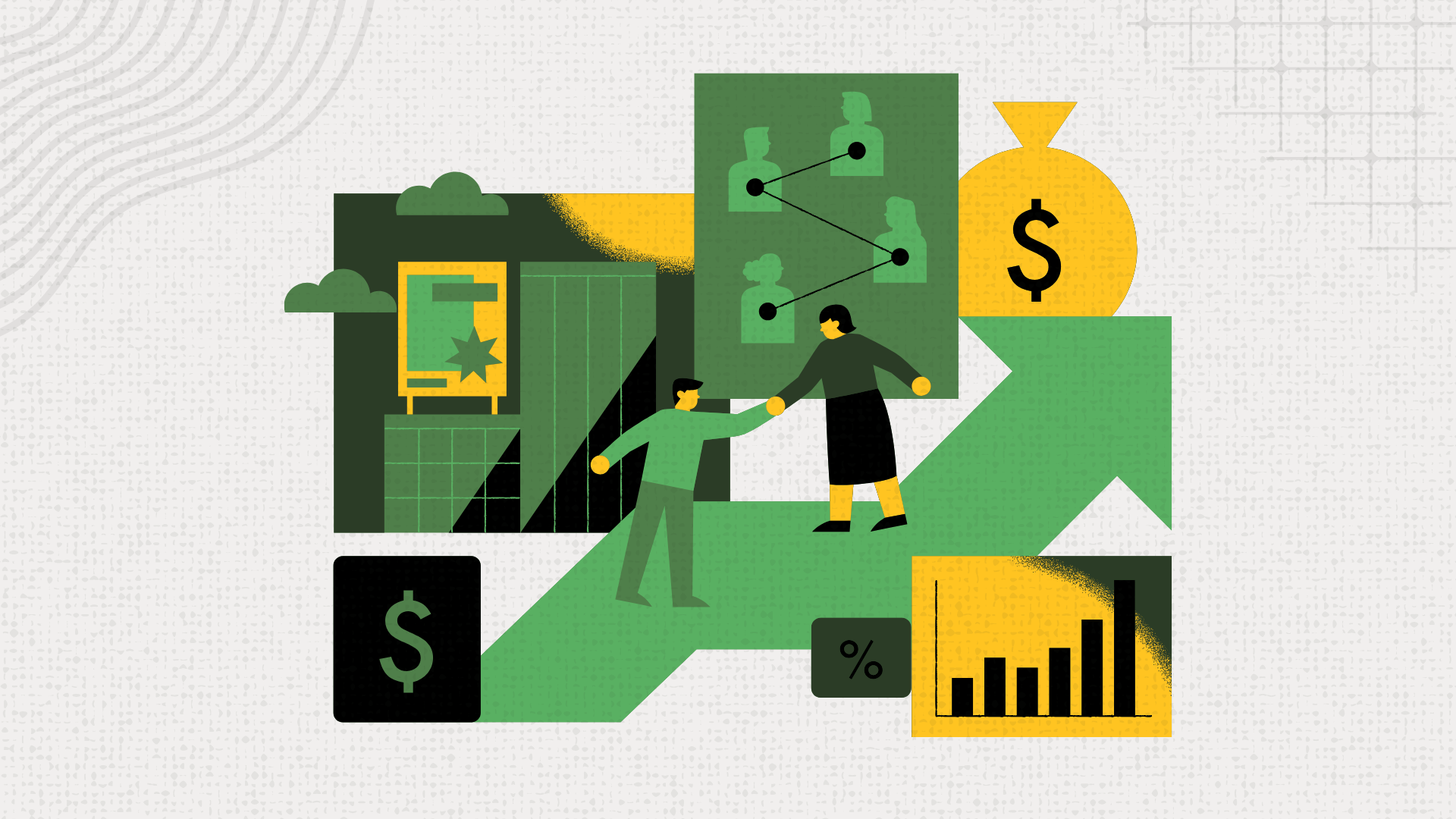
You don’t need more leads. You need to stop losing the ones you already have.
Most sales teams believe their biggest problem is not having enough leads. But in reality, the bigger issue is failing to follow up on the leads they already have.
A potential customer fills out a form, requests a quote, or asks for more information. Then—nothing. Maybe they receive a generic email. Maybe a salesperson reaches out once and doesn’t hear back, so they assume the lead isn’t interested. Meanwhile, that same lead is already talking to a competitor who followed up first.
In a recent Green Light Your Marketing podcast episode, Mareks Lomako highlighted a hard truth:
“Businesses focus so much on lead generation, but most of them are leaking leads at every stage. They assume people aren’t interested, when in reality, their follow-up is just too slow or inconsistent.”
Your lead follow-up process is just as important—if not more important—than the initial lead generation. And fixing it doesn’t require more leads, bigger budgets, or complicated software. It just requires a clear, structured follow-up strategy.
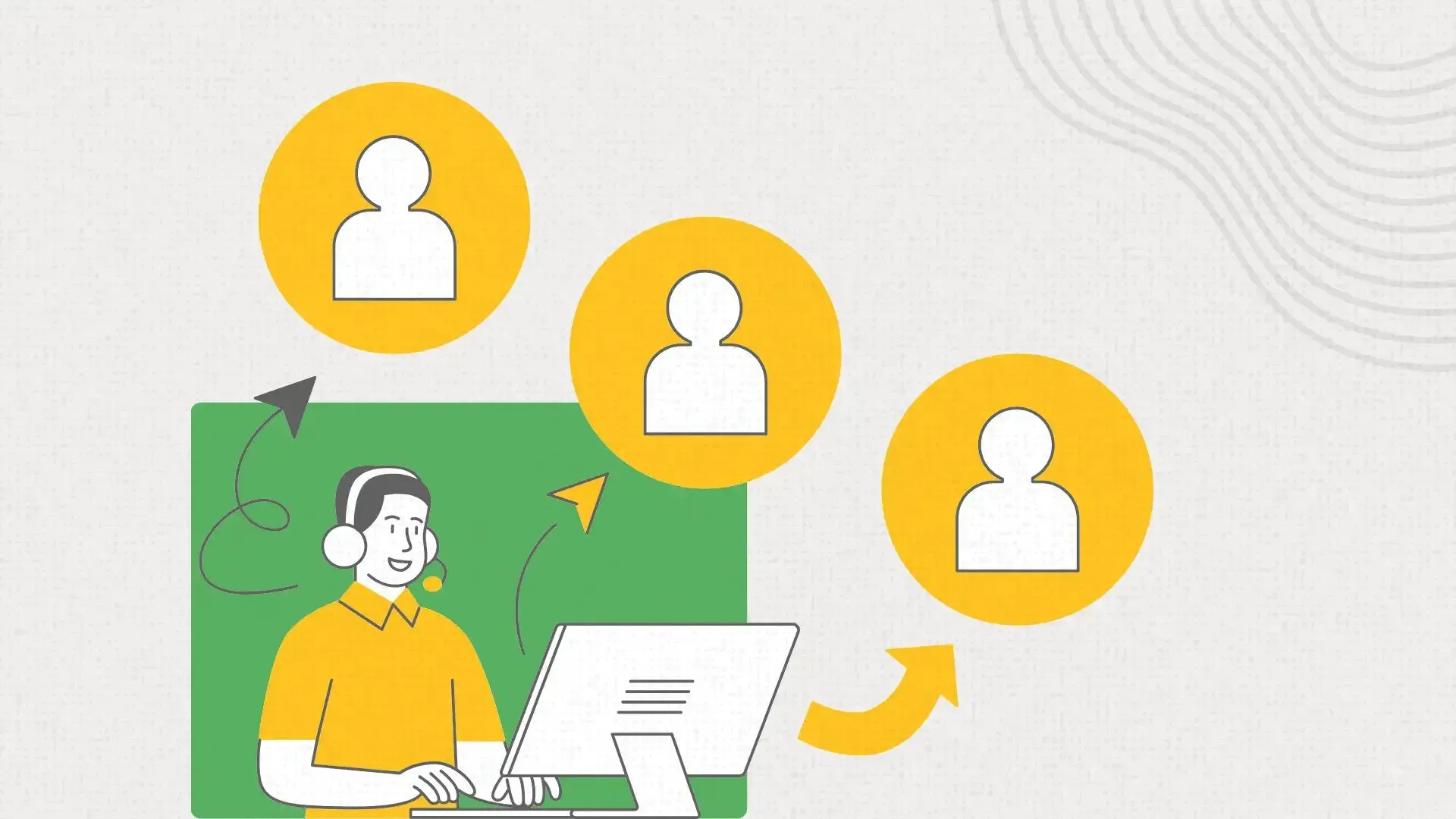
Why Sales Teams Fail to Follow Up on Leads
Most businesses don’t intentionally ignore leads. The problem comes from a lack of process. When there’s no structured system for handling inbound leads, follow-up becomes inconsistent, slow, or forgotten entirely.
The Most Common Lead Follow-Up Mistakes (and How to Fix Them)
1. Following Up Too Slowly
2. Giving Up Too Soon
- The Reality: Many salespeople reach out once and assume a non-response means the lead isn’t interested. But research shows that 80% of sales require at least 5 follow-ups.
- The Fix: Use a structured follow-up sequence (more on this below) to ensure every lead gets multiple touchpoints.
3. Lack of Clear Ownership
- The Reality: When leads come in but aren’t clearly assigned, team members assume someone else is handling it. The result? Leads fall through the cracks.
- The Fix: Use a CRM or automation tool to automatically assign leads to a specific salesperson or team member.
4. No Defined Follow-Up Strategy
- The Reality: Many businesses don’t have a clear plan for how and when follow-ups should happen, leading to inconsistency.
- The Fix: Create a repeatable follow-up framework that ensures leads are nurtured properly.

Best Practices for Lead Follow-Up in Sales
1. Respond to Inquiries in 15 Minutes or Less
Speed matters. Research from InsideSales found that the first company to respond to a lead wins the deal 78% of the time. If your follow-up time is measured in hours or days, you’re already losing sales.
How to Fix Slow Follow-Up:
- Use automation to instantly acknowledge new leads via email or SMS
- Set up CRM notifications so sales reps get an alert the moment a lead comes i
- Rotate leads automatically among team members to ensure immediate responses.
2. Use the 3-3-7 Follow-Up Rule
One of the most effective follow-up strategies is the 3-3-7 Rule:
- Follow up within 3 minutes if possible.
- Follow up again in 3 hours if there’s no response.
- Follow up again in 7 days if the lead hasn’t responded.
Many sales teams assume that if a lead doesn’t respond immediately, they’re not interested. But that’s rarely the case. People get busy. Emails get buried. A polite follow-up ensures they don’t forget about you.
- Automate email reminders so leads don’t fall through the cracks.
- Use different contact methods (phone, email, LinkedIn) to maximize response rates.
3. Make Follow-Ups Feel Personal (Not Automated Spam)
A common mistake in automated lead follow-ups is making them sound too generic or robotic. Leads should feel like they’re getting personal attention—not just another templated email.
🚫 Bad Follow-Up Email:
“Hello, we received your inquiry. Let us know if you have any questions.”
✅ Better Follow-Up Email:
“Hi [First Name], I saw you requested more info about [Product/Service]. I wanted to personally check in and answer any questions you might have. When’s a good time to chat?”
Pro Tip: Use their name, reference their request, and ask a direct question to encourage engagement.
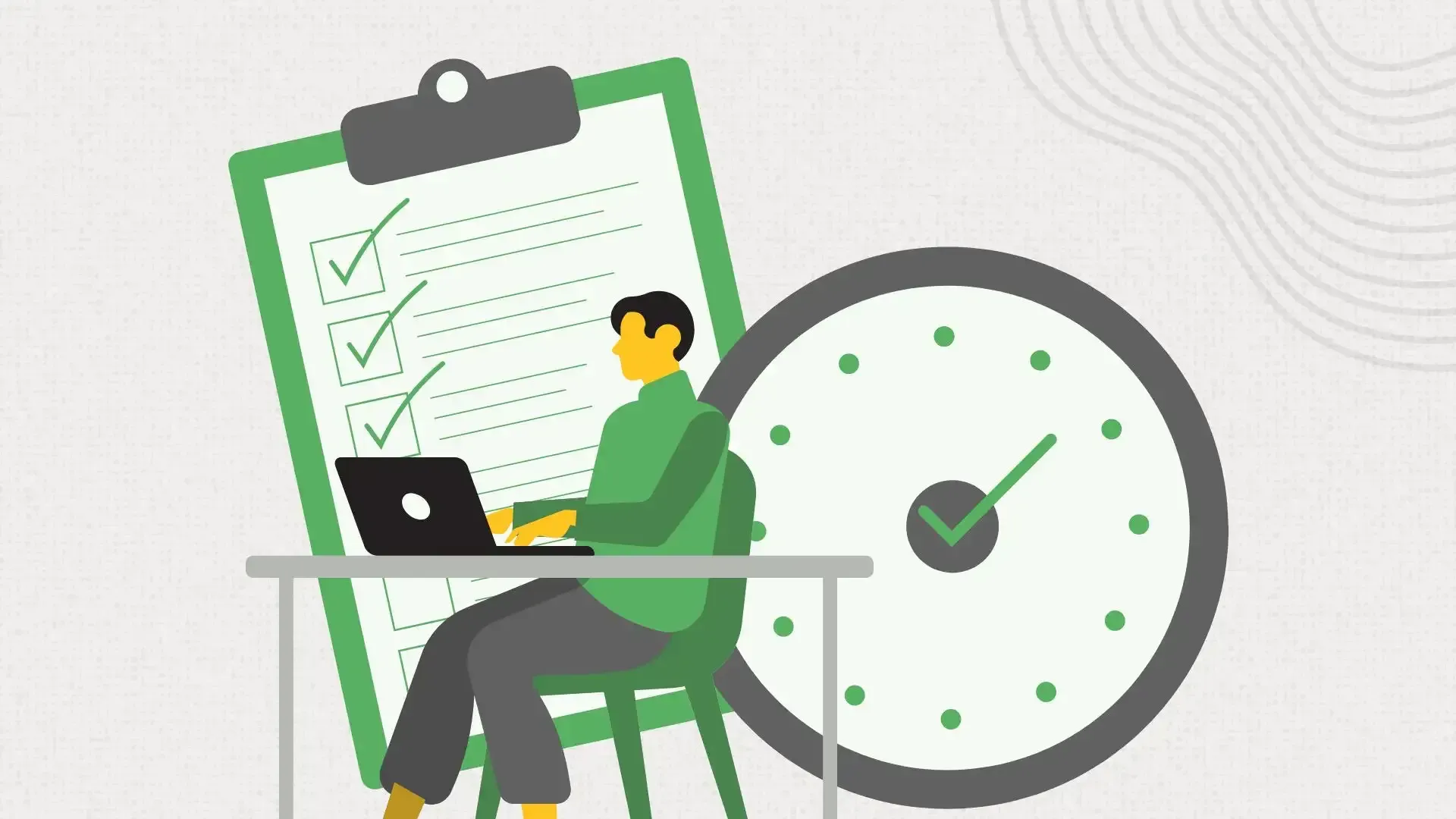
4. Don’t Stop at the First Follow-Up
Most businesses give up too soon. A study from Breve found that 44% of sales reps stop following up after one attempt, yet 80% of deals require at least five follow-ups.
If your team is only reaching out once or twice, you’re leaving huge revenue opportunities on the table.
Set up a structured follow-up sequence:
- Day 1: Initial response (within 15 minutes).
- Day 3: Second follow-up (email or call).
- Day 7: Third follow-up (offer additional value, e.g., a case study).
- Day 14: Final follow-up (last chance, polite closure).
5. Automate What You Can (But Keep It Human)
Automation can dramatically improve follow-up consistency, but it shouldn’t replace human interaction.
What to Automate:
- Lead notifications and assignments (so no lead gets forgotten).
- First-response emails or texts (so the lead hears from you immediately).
- Follow-up reminders for your sales team (so no lead gets neglected).
What to Keep Human:
- Personalized emails or calls after the initial automated response.
- Tailored responses to questions (avoid copy-paste answers).
- Building relationships (because people buy from people, not robots).
Get More Sales Without More Leads—Just Fix Your Follow-Up
You don’t need to spend more money on lead generation if your follow-up process is broken. By responding faster, following up consistently, and making interactions more personal, you can close more deals with the leads you already have.
Unimpressed with your marketing?
Get support and direction with these resources:
- Free Marketing Audit Workbook - Download Now
- Subscribe to Our YouTube Channel - Subscribe
- Get a custom strategy for your business - Get In Touch
- Connect with Jake on LinkedIn - Connect
Unimpressed with your marketing?
Get support and direction with these resources:
- Free Marketing Audit Workbook - Download Now
- Subscribe to Our YouTube Channel for practical marketing tips and strategies. Subscribe
- Contact Us - Let’s create a custom strategy for your business. Get In Touch
- Connect with Jake Mooney on LinkedIn - Connect
Stop Losing Leads: Follow Up Smarter

